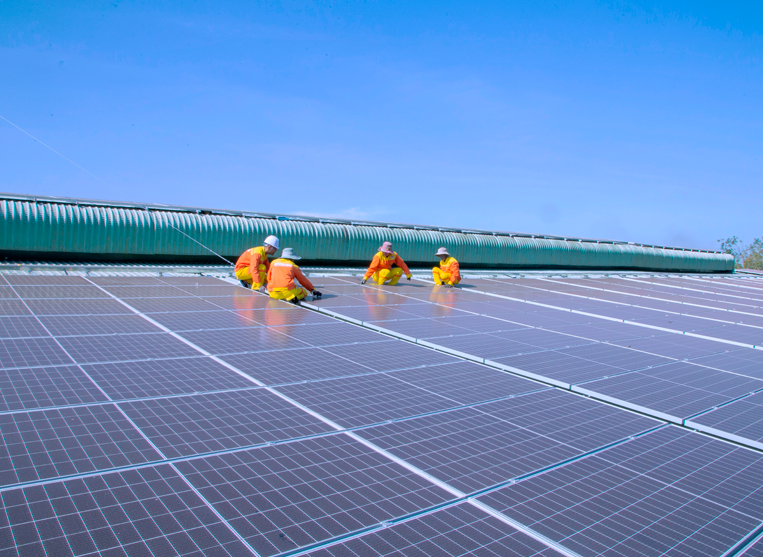Photovoltaic (PV) installation is an important step in taking advantage of renewable energy from the sun. It involves the mounting of solar cells onto a structure, usually a roof, to collect the sun's energy and convert it into electricity. PV installation can be a relatively simple process for a homeowner who is knowledgeable about the process. To get more details about the photovoltaic installation you can check this website.

Image Source: Google
The first step in PV installation is to determine the best location for the panels. This requires an assessment of the building structure, available space, and the amount of sunlight it receives. Once the location is determined, PV panels must be mounted securely to the structure. This is usually done with brackets or clamps.
Once the PV panels are installed, wiring must be connected to the electrical system of the building. This includes a disconnect switch, which is used for safety purposes, and a controller, which monitors the output of the system. It is important for the installer to make sure that all connections are properly and safely installed.
The next step is to connect the PV system to the power grid, either through net metering or a battery-based system. The inverter is the device that converts the DC electricity produced by the PV system into AC electricity that can be used in the home.
Finally, the installer will need to check the system and make sure that it is functioning properly. This includes testing the wiring, checking for shorts, and ensuring that the system is producing the desired output.
PV installation is an important step in taking advantage of renewable energy from the sun. With proper knowledge and installation, any homeowner can take advantage of this reliable and cost-effective energy source.